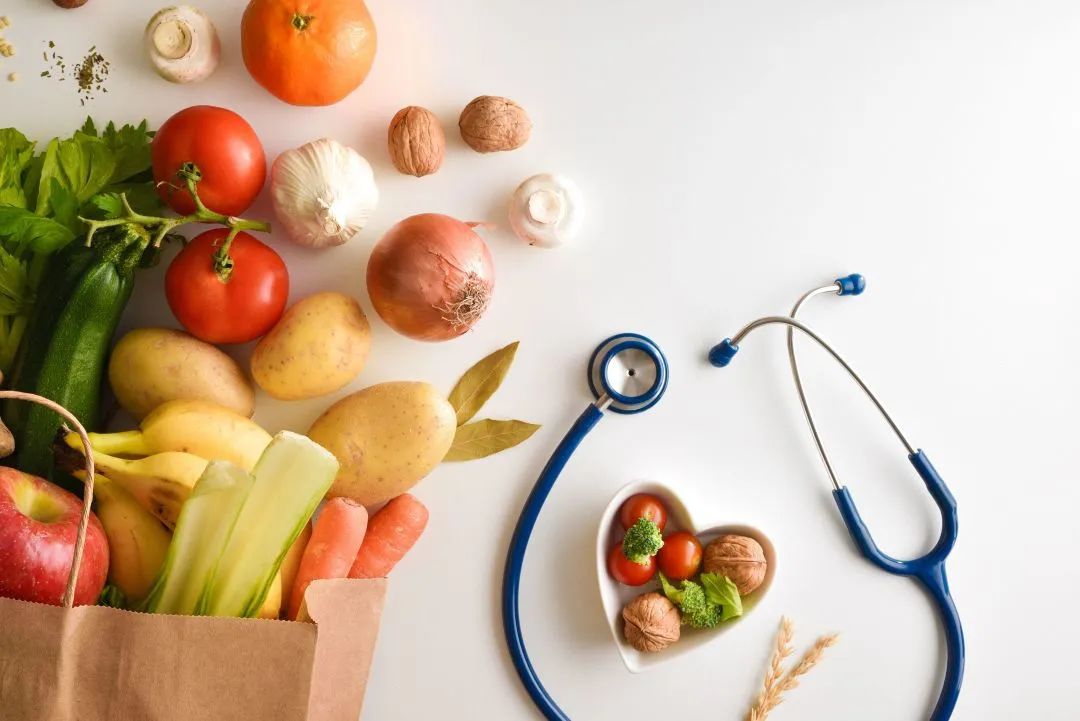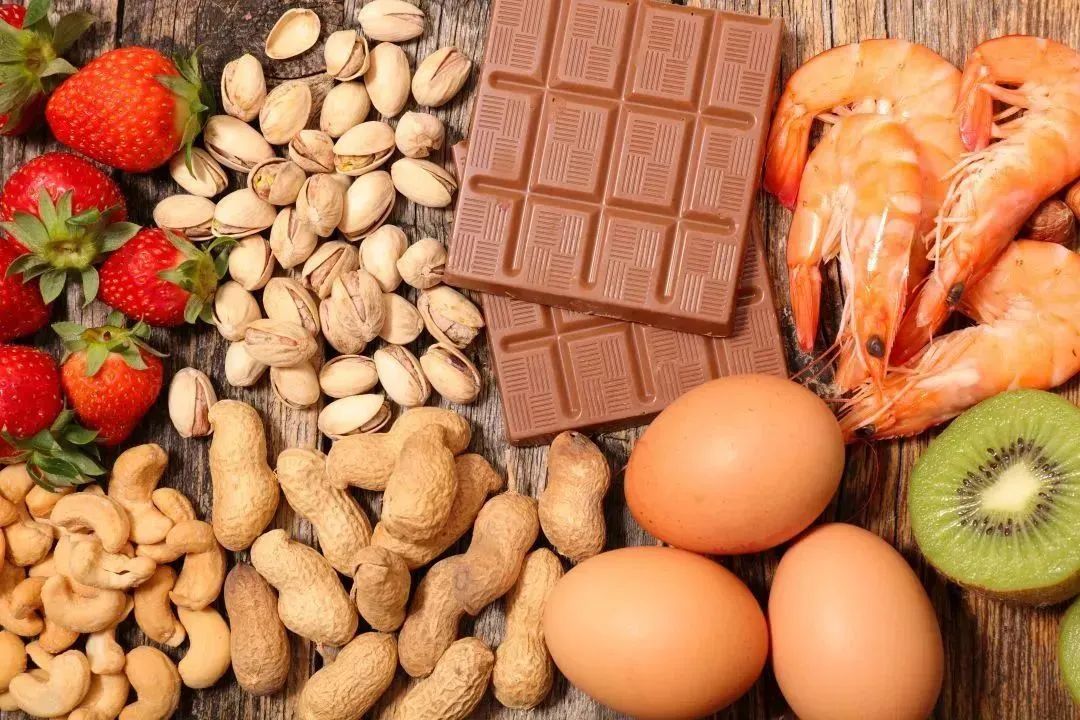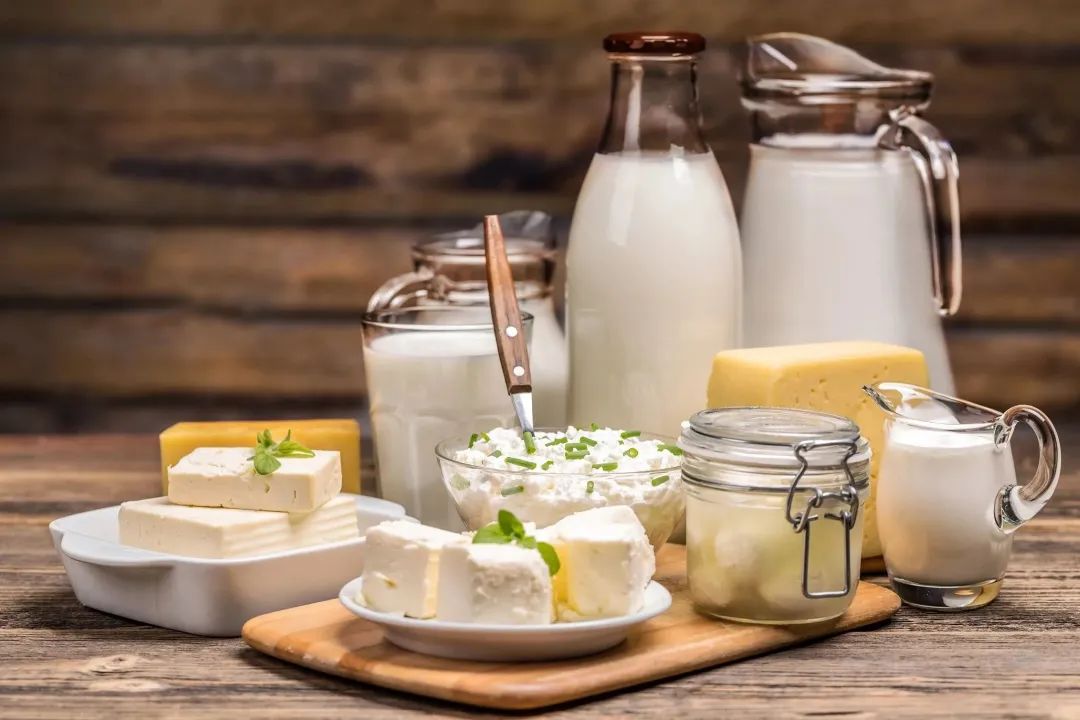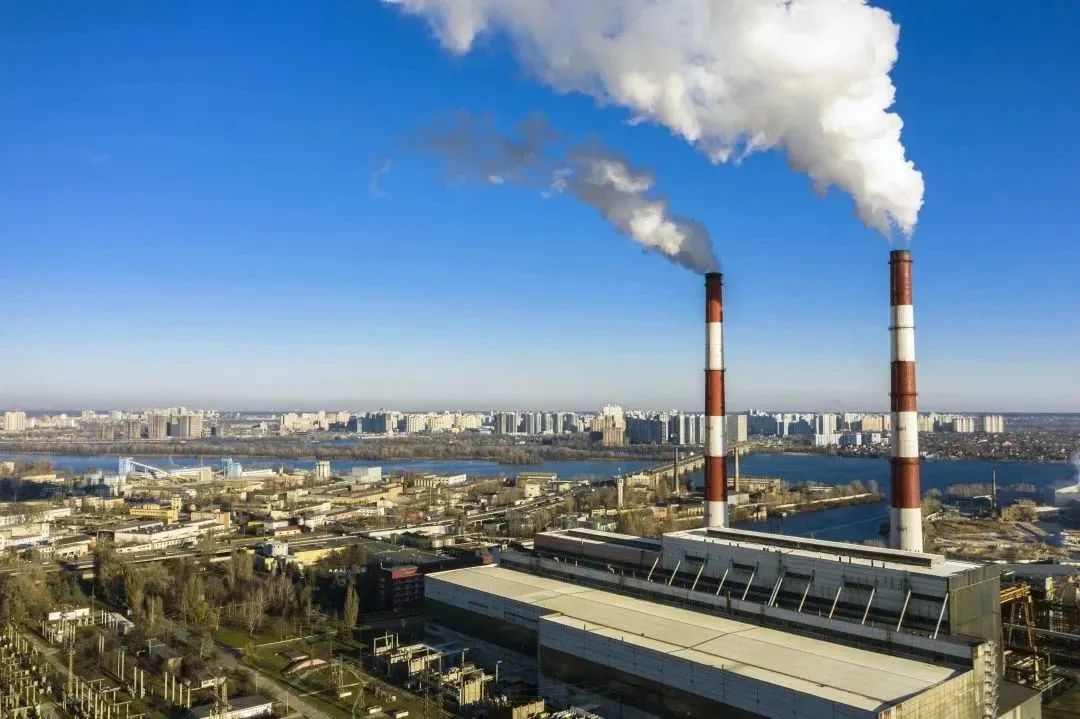According to the Official Journal of the European Union on May 5, 2023, on April 25, the European Commission issued Regulation (EU) 2023/915 "Regulations on Maximum Contents of Certain Contaminants in Foods", which abolished EU Regulation (EC) No. 1881/2006, which will enter into force on May 25, 2023.
The Contaminant Limit Regulation (EC) No 1881/2006 has been revised many times since 2006. In order to improve the readability of the regulatory text, avoid using a large number of footnotes, and taking into account the special circumstances of certain foods, the EU has formulated this New version of pollutant limit regulations.
In addition to the overall structural adjustment, the main changes in the new regulations involve the definition of terms and food categories. The revised pollutants involve polycyclic aromatic hydrocarbons, dioxins, DL-polychlorinated biphenyls, etc., and the maximum limit levels of most pollutants remain unchanged.

The main contents and major changes of (EU) 2023/915 are as follows:
(1) Definitions of food, food operators, final consumers, and putting on the market are formulated.
(2) Foods listed in Annex 1 shall not be placed on the market or used as raw materials in food; foods that meet the maximum levels specified in Annex 1 shall not be mixed with foods that exceed these maximum levels.
(3) The definition of food categories is closer to the regulations on maximum residue limits of pesticides in (EC) 396/2005. In addition to fruits, vegetables and cereals, corresponding product lists for nuts, oilseeds and spices now also apply.
(4) Detoxification treatment is prohibited. Foods containing contaminants listed in Annex 1 must not be intentionally detoxified through chemical treatment.
(5) The transitional measures of Regulation (EC) No 1881/2006 continue to apply and are expressly set out in Article 10.

The main contents and major changes of (EU) 2023/915 are as follows:
▶ Aflatoxins: The maximum limit for aflatoxins also applies to processed foods if they constitute 80% of the corresponding product.
▶ Polycyclic aromatic hydrocarbons (PAHs): In view of the existing analytical data and production methods, the content of polycyclic aromatic hydrocarbons in instant/soluble coffee is negligible. Therefore, the maximum limit of polycyclic aromatic hydrocarbons in instant/soluble coffee products is cancelled; in addition , clarifies the product status applicable to the maximum limit levels of polycyclic aromatic hydrocarbons in infant formula milk powder, follow-up infant formula milk powder and infant formula foods for special medical purposes, that is, it only applies to products in a ready-to-eat state.
▶ Melamine: The maximum content in liquid instant formula has been increased to the existing maximum limit for melamine in infant formula.

Contaminants with maximum residue limits established in (EU) 2023/915:
• Mycotoxins: Aflatoxin B, G and M1, ochratoxin A, patulin, deoxynivalenol, zearalenone, citrinin, ergot sclerotia and ergot alkaloids
• Phytotoxins: erucic acid, tropane, hydrocyanic acid, pyrrolidine alkaloids, opiate alkaloids, -Δ9-tetrahydrocannabinol
• Metal elements: lead, cadmium, mercury, arsenic, tin
• Halogenated POPs: dioxins and PCBs, perfluoroalkyl substances
• Process pollutants: polycyclic aromatic hydrocarbons, 3-MCPD, the sum of 3-MCPD and 3-MCPD fatty acid esters, glycidyl fatty acid esters
• Other contaminants: nitrates, melamine, perchlorate

Post time: Nov-01-2023





